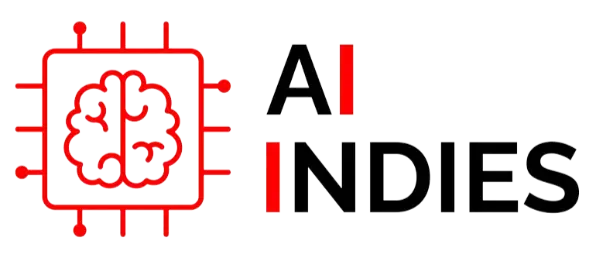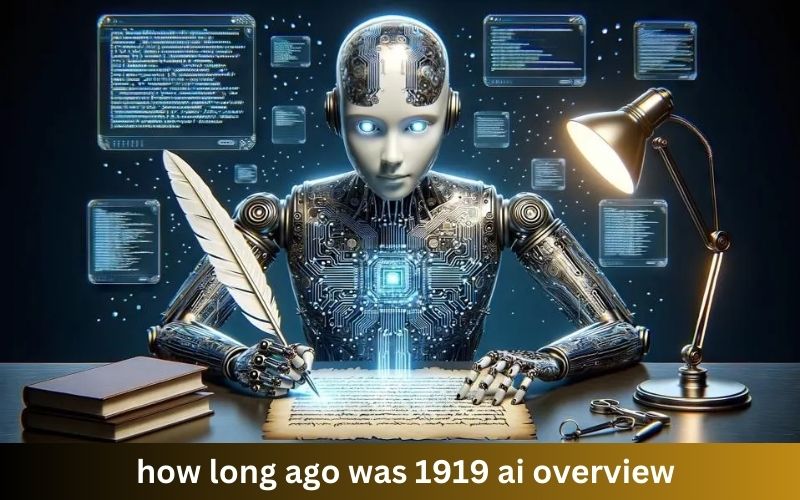The year is 2023. Artificial intelligence how long ago was 1919 ai overview permeates our lives, from the algorithms that curate our social media feeds to the self-driving cars on our roads. It’s hard to imagine a world without AI. But how different was the world a century ago? Let’s journey back to 1919 and explore the stark absence of artificial intelligence.
The World Without AI in 1919
To understand why AI was absent in 1919, we must examine the technological landscape of the time. Computers, as we know them today, did not exist. The most advanced computational devices were mechanical calculators, capable only of basic arithmetic. These machines were nowhere near the processing power required for even the simplest AI algorithms.
Furthermore, the theoretical foundations of AI were still in their infancy. While brilliant minds were exploring the realms of mathematics, logic, and philosophy, the concept of creating intelligent machines was far-fetched. Alan Turing, the father of computer science and artificial intelligence, was only a teenager in 1919. His groundbreaking work on computability and artificial intelligence would not emerge for another two decades.
The Missing Ingredients
Several key elements were missing in 1919 to give birth to AI. Firstly, data was scarce and unstructured. The digital age had not arrived, and information was primarily stored in analog formats. Without vast amounts of data to learn from, AI algorithms would have been powerless.
Secondly, computing power was severely limited. The mechanical calculators of the time could not handle the complex computations required for AI. Even if brilliant minds had conceived of AI algorithms, the hardware to execute them was non-existent.
Finally, the understanding of human intelligence and cognition was rudimentary. Scientists were just beginning to scratch the surface of how the human brain works. Without a deep understanding of intelligence, it was impossible to replicate it artificially.
A Century of Progress
The journey from the AI-less world of 1919 to the AI-driven present is a testament to human ingenuity. The invention of the transistor in the 1940s marked a turning point, leading to the development of electronic computers with exponentially increasing processing power.
The digital revolution of the late 20th century generated unprecedented amounts of data, providing the fuel for AI algorithms. And breakthroughs in fields like neuroscience and cognitive science have deepened our understanding of intelligence, enabling the creation of more sophisticated AI models.
The Absence of a Digital Infrastructure
Beyond the technological constraints, the lack of a digital infrastructure in 1919 was a significant barrier to AI development. There were no interconnected networks, no digital communication, and no standardized data formats. This absence of digital connectivity prevented the sharing and collaboration necessary for advancing AI research.
Societal and Cultural Limitations
The societal and cultural landscape of 1919 also played a role in hindering AI development. The prevailing mindset was focused on industrialization and physical labor, with limited interest in theoretical concepts like artificial intelligence. Additionally, the world was recovering from the First World War, and resources were scarce, diverting attention away from speculative scientific pursuits.
Economic Constraints
The economic climate of 1919 was another obstacle to AI development. The aftermath of the First World War led to economic instability and uncertainty. Investments in research and development were limited as nations prioritized rebuilding and economic recovery.
Lack of Interdisciplinary Collaboration
Effective AI development requires collaboration between various disciplines, including mathematics, computer science, psychology, and neuroscience. In 1919, these fields were still in their early stages and lacked the necessary interdisciplinary connections.
Public Perception and Fear
Public perception of technology in how long ago was 1919 ai overview was largely shaped by rapid industrialization and the horrors of war. There was a prevailing fear of machines and automation, which could have hindered public support for AI research even if it had been conceived.
Energy Constraints
The energy sources available in 1919 were limited and inefficient. The power consumption of modern computers would have been a significant challenge, further hindering AI development.
Conclusion
In conclusion, how long ago was 1919 ai overview was a world without AI. The absence of computers, data, and a deep understanding of intelligence created an insurmountable barrier to the development of artificial intelligence. However, the rapid advancements of the past century have transformed this reality, ushering in an era where AI is reshaping industries and our daily lives. As we look to the future, it’s essential to remember the long journey from the AI-less past to the AI-driven present.




